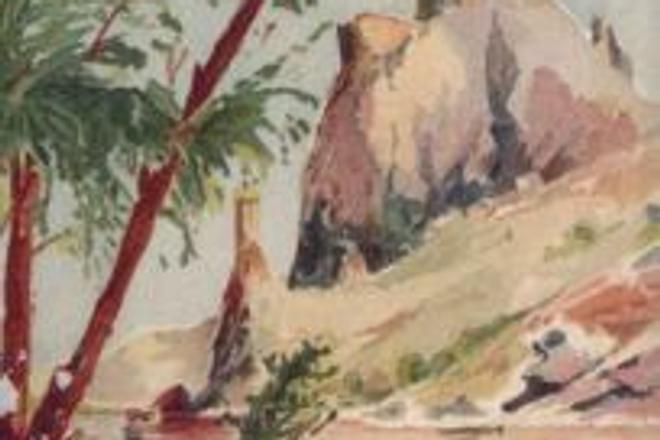IN 1896, a millennium of the Great Hungarian Empire was celebrated. On this occasion, the Hungarian government built a monument of an Arpadian fighter on the Devín rock. The choice of location and the pomposity of the whole event were not accidental. The rock looming tall over the confluence of the Danube and Morava rivers was symbolically perceived as their own by the champions of the Great-Moravian tradition who believed that it was here where the best parts of the history of the ancient Slavonic state were written.
Hungarian historians fabricated a theory on “the capturing of the homeland” that had allegedly taken place a thousand years earlier as a means to support the exclusive claim of Hungarians to this territory. However, doubt has always persisted. At the end of the 19th century the nations ruled by the monarchy began recalling their own pasts more intensely. Some of these pasts were not necessarily glorious at all, but this recollection of the past was enough to pose an ideological threat. Such a threat and the danger it posed was to be guarded by a statue of an Arpadian fighter, three-and-a-half metres tall, placed on a column.
The work of builder Gyula Berczik and sculptor Gyula Jankovits was made by Bratislava-based builder Alexander Feigler. A considerable part of the ruins of the upper castle fell prey to the monument – which some of the critics of the Hungarian empire might have perceived as damaging of the Great-Moravian tradition.
The symbol of Hungarian dominance was unveiled on October 18, 1896. It towered above its surrounding until January 21, 1921, when it was destroyed by members of the Czech Sokol movement during times of animosity towards the former monarchy, a period when many other such monuments were demolished.
This Arpadian column can be seen in this postcard dating to back 1990s. The artist is Max Oppenheimer.


